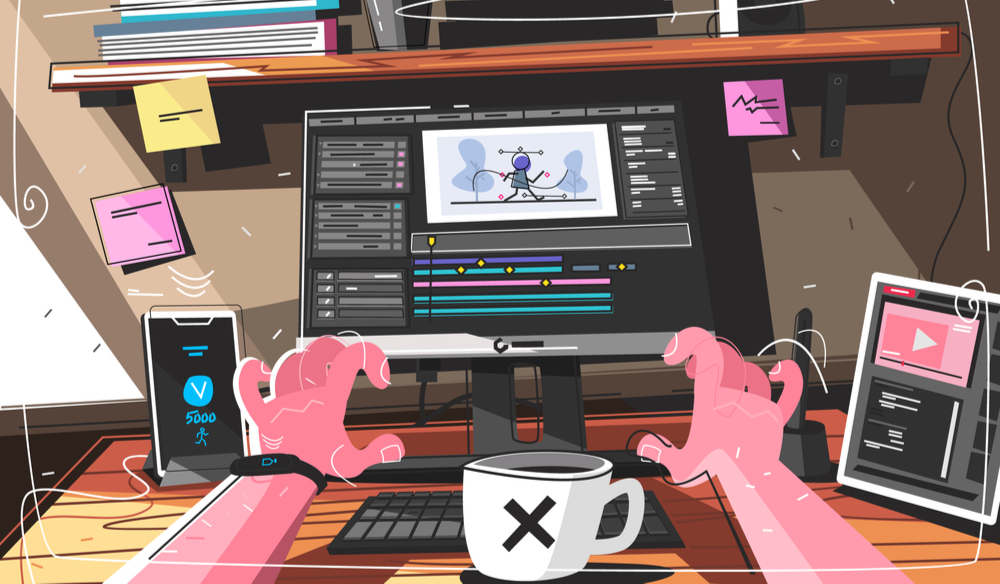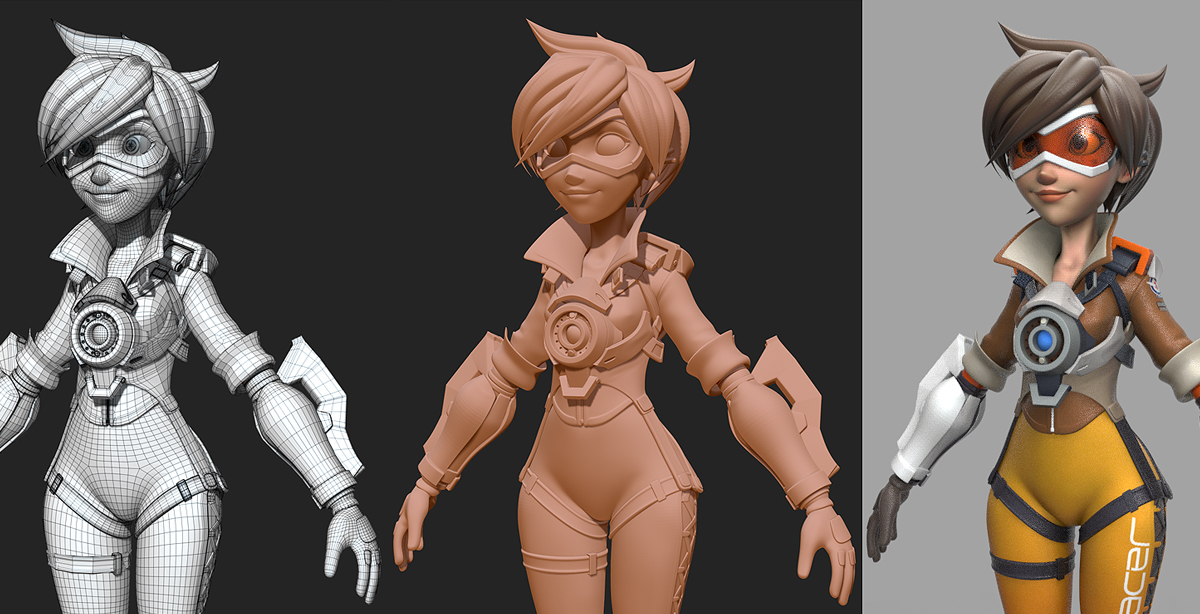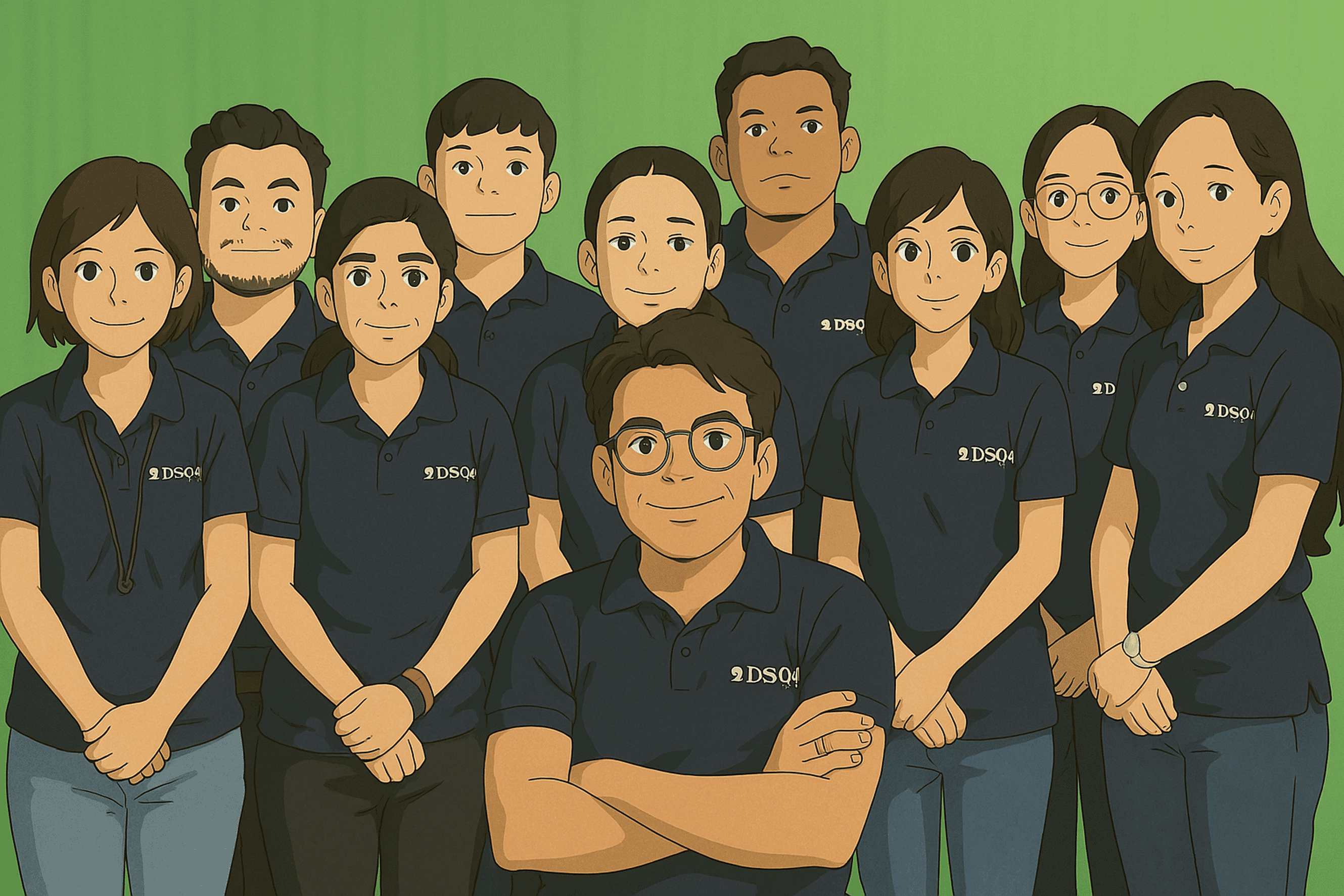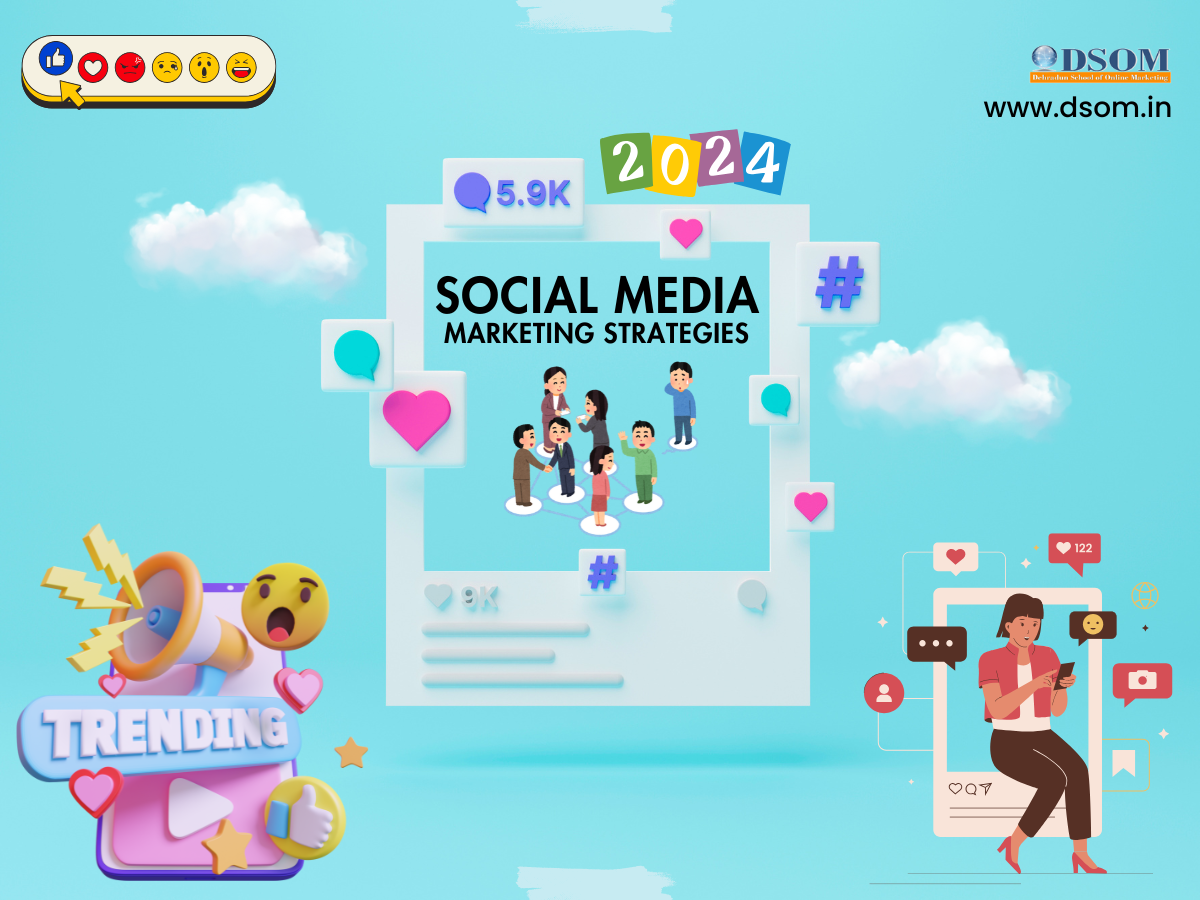In today's visually driven world, animation and motion graphics have become integral parts of our daily lives. From captivating films and advertisements to immersive video games and interactive websites, the use of animation and motion graphics has expanded exponentially. But what is the history behind this dynamic art form, who were its pioneers, and what career opportunities does it offer? Let's delve into the fascinating journey of animation and motion graphics.
The Birth of Animation:
The roots of animation can be traced back to ancient times when cave paintings and Egyptian hieroglyphs depicted motion through a series of images. However, it wasn't until the late 19th century that the concept of modern animation began to take shape.

One of the earliest pioneers of animation was Émile Reynaud, a French inventor who created the Praxinoscope in 1877, a device capable of displaying moving images. Following Reynaud's work, Thomas Edison and William Kennedy Laurie Dickson developed the Kinetoscope in 1891, which allowed for the viewing of short films, marking a significant milestone in the history of animation.
The Lumière Brothers and Early Animation:
In 1895, the Lumière Brothers, Auguste and Louis Lumière, showcased the first public screening of moving pictures in Paris, France. Their invention, the Cinématographe, paved the way for the development of animation as a form of entertainment.

However, it was French filmmaker Georges Méliès who truly revolutionized the art of animation with his groundbreaking film "A Trip to the Moon" (1902). Méliès utilized innovative techniques such as stop-motion animation and hand-painted frames to create fantastical worlds on screen.
Walt Disney and the Golden Age of Animation:
The early 20th century saw the rise of animation studios around the world, but none would have a greater impact than Walt Disney Studios. In 1928, Walt Disney introduced Mickey Mouse in the iconic short film "Steamboat Willie," which became an instant sensation. Disney's dedication to storytelling, character development, and technological innovation set a new standard for animation.

Throughout the 20th century, Disney produced a string of beloved animated classics, including "Snow White and the Seven Dwarfs" (1937), "Fantasia" (1940), and "The Lion King" (1994), solidifying its reputation as a leader in the animation industry.
Applications of Animation and Motion Graphics:
Animation and motion graphics have found widespread use across various industries, including:
-
Entertainment: Animated films, television shows, and video games entertain audiences of all ages and have become a multi-billion dollar industry.
-
Advertising: Motion graphics are used in commercials, promotional videos, and digital marketing campaigns to grab the audience's attention and convey messages effectively.
-
Education: Animated videos and interactive tutorials are valuable tools for teaching complex concepts in an engaging and accessible manner.
-
Architecture and Engineering: 3D visualization and animation are used to create virtual tours, architectural renderings, and product prototypes, allowing designers and engineers to explore and present their ideas more effectively.
Career Scope in Animation and Motion Graphics:
Today, the field of animation and motion graphics offers a wide range of career opportunities for creative individuals. From traditional 2D animation to cutting-edge 3D modeling and visual effects, there are roles suited to various skill sets and interests.

-
Motion Graphics Designer: Motion graphics designers create animated graphics and visual effects for film, television, advertising, and digital media. They often work with software such as Adobe After Effects and Cinema 4D to produce dynamic and engaging content.

-
Storyboard Artist: Storyboard artists play a crucial role in the pre-production process by creating visual blueprints for animated films, commercials, and video games. Their sketches help directors and animators visualize the sequence of shots and plan the overall composition.
-
3D Modeler: 3D modelers use specialized software to create digital models of characters, objects, and environments for use in animation and visual effects. They must have a strong understanding of anatomy, form, and texture to produce realistic and visually stunning designs.

In conclusion, the history of animation and motion graphics is a testament to human creativity, innovation, and storytelling. From its humble beginnings as a series of hand-drawn sketches to its current state-of-the-art digital form, animation continues to captivate and inspire audiences around the world. With a myriad of career opportunities and applications across various industries, animation and motion graphics remain at the forefront of visual communication in the digital age.
 How to Turn Your Photos into Ghibli-Style Art with ChatGPT for Free
How to Turn Your Photos into Ghibli-Style Art with ChatGPT for Free Top 10 AI Tools for Plagiarism-Free Content Writing: Boost Your SEO & Digital Marketing Efforts
Top 10 AI Tools for Plagiarism-Free Content Writing: Boost Your SEO & Digital Marketing Efforts The Rise of Graphic Designing in 2025: A Career Guide.
The Rise of Graphic Designing in 2025: A Career Guide. The Rise of Video Editing: A Crucial Skill in 2025
The Rise of Video Editing: A Crucial Skill in 2025 Top 10 Digital Marketing trends in 2025
Top 10 Digital Marketing trends in 2025 Common Mistakes in Digital Marketing and How to Avoid Them 2025
Common Mistakes in Digital Marketing and How to Avoid Them 2025 The Future of Digital Advertising: What You Need to Know
The Future of Digital Advertising: What You Need to Know Social Media Marketing in 2024: Strategies for Maximum Engagement
Social Media Marketing in 2024: Strategies for Maximum Engagement Building a Successful Digital Marketing Funnel: A Step-by-Step Guide
Building a Successful Digital Marketing Funnel: A Step-by-Step Guide 5 ways to make money from home using AI (Artificial-Intelligence) in 2024
5 ways to make money from home using AI (Artificial-Intelligence) in 2024